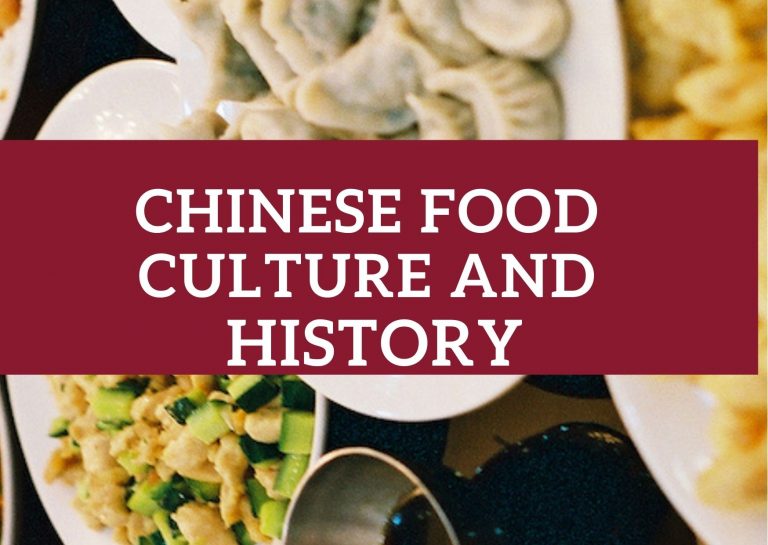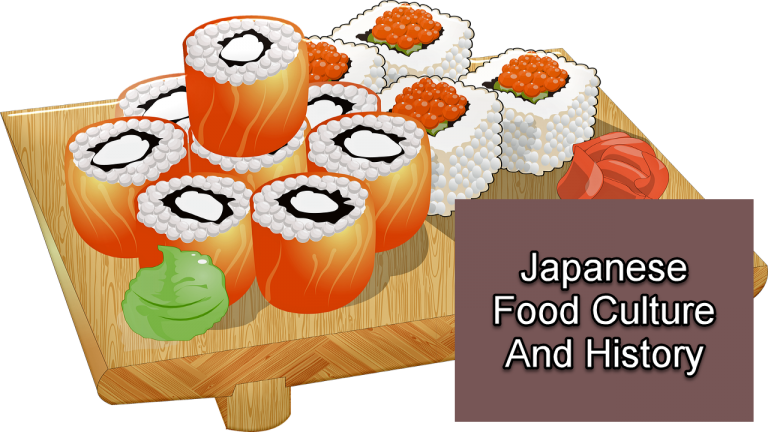Learn Philippines History Facts In 10 minutes
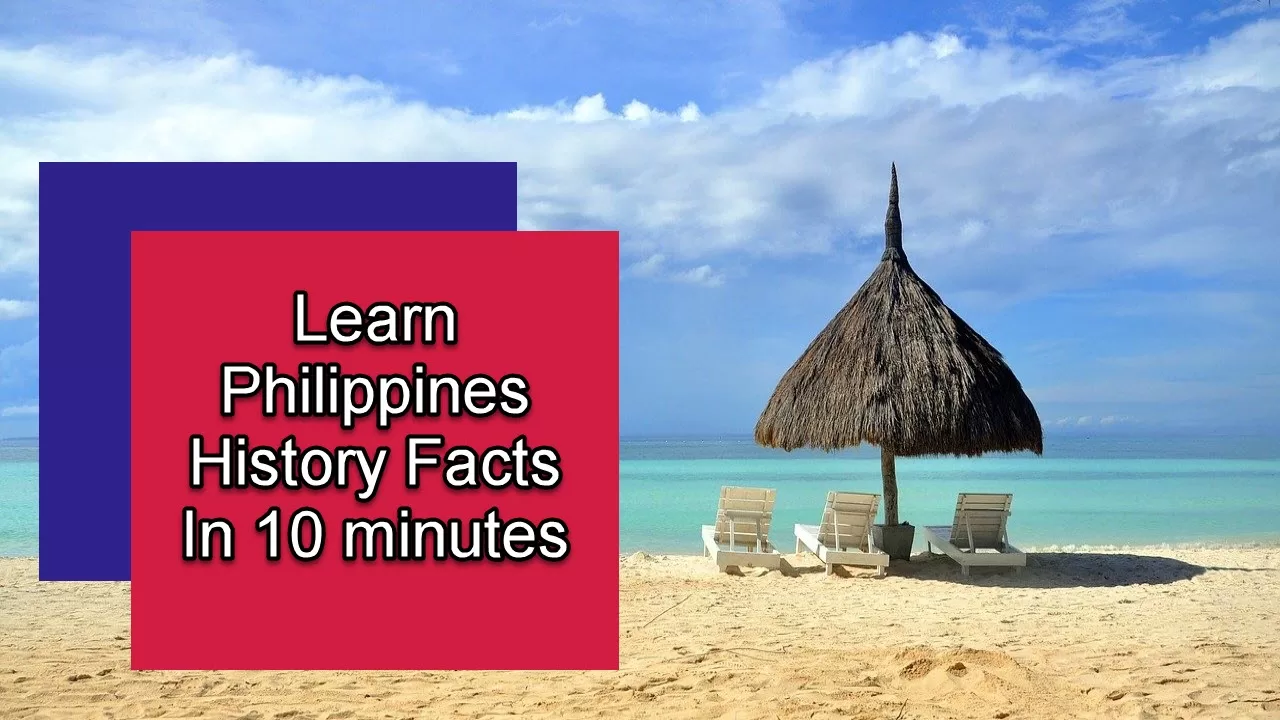
The Philippines, officially Republic of the Philippines, is known as the “Pearl of the Orient Sea”. Philippine islands are known for its breathtaking scenery, exotic and delectable fruits, distinct culture, and diverse weather.
Scroll down to continue reading if you want to learn more about Philippine History Facts.
Philippines History Facts
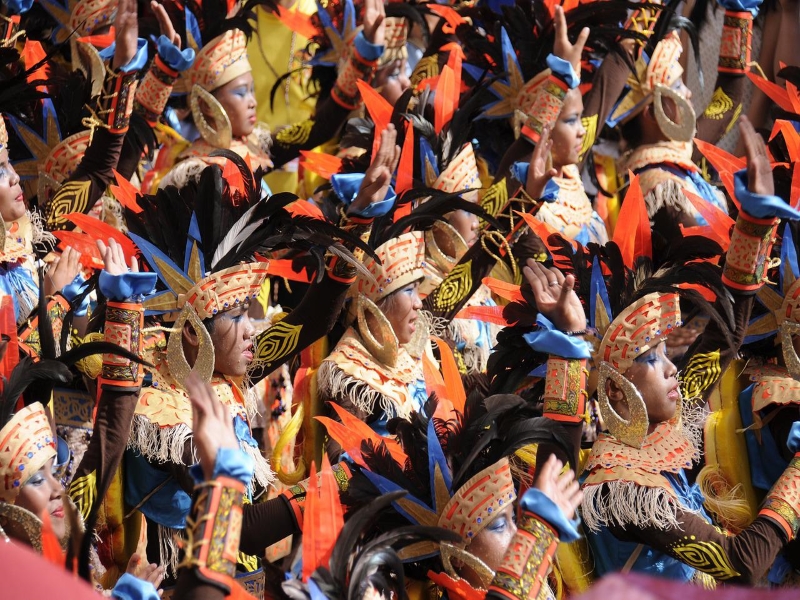
1. The First Inhabitants Of The Philippines Were Negritos
In prehistoric times, the Negritos were the first occupants of the Philippine archipelago. They trade with Indian, Chinese, and Malay. Kedatuans, Rajahnates, and Sultanates were formed as a result of the adoption of animism, Hinduism, and Islam.
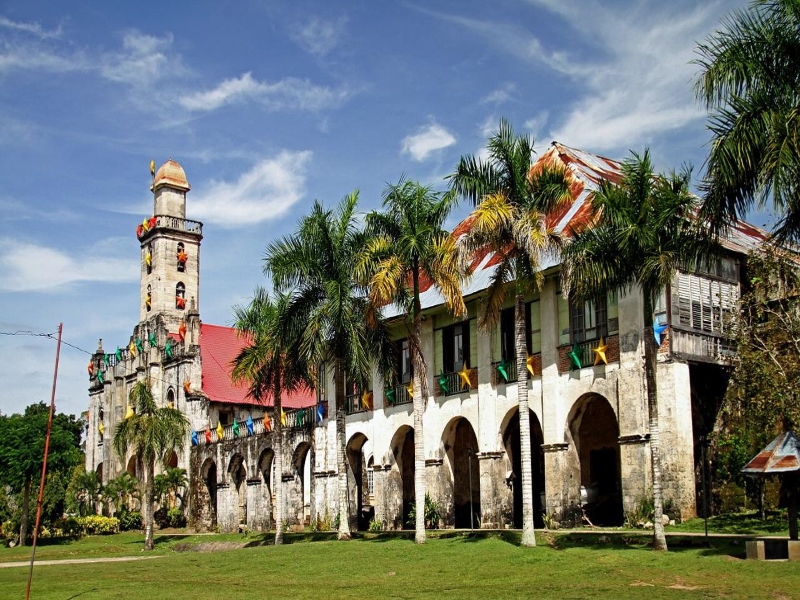
2. The Philippines Was Under The Spanish Rule For More Than 300 Years
On March 16, 1521, a Spanish expedition commanded by Portuguese explorer Ferdinand Magellan sighted Samar Island (a province in the Philippines), but anchored off Suluan Island. He made friends with some of the local rulers, including Rajah Humabon, and converted a few of them to Roman Catholicism. They visited various islands in the Philippines, including Mactan Island. During the Battle of Mactan, however, Ferdinand Magellan was murdered by the local datu, Lapulapu.
Other Spanish expeditions were deployed to the islands throughout the next several decades. Ruy López de Villalobos, a Spanish adventurer, called the archipelago Las Islas Filipinas in honor of king Philip II of Spain in 1543.
Beginning in 1565, Spanish colonization through Mexico resulted in the Philippines becoming a part of the Spanish Empire for more than 300 years. Roman Catholic has become the dominant religion during this period, and Manila became the western hub of trans-Pacific trade.

3. Jose Rizal Was Recognized As A Filipino National Hero By The Philippine Government
Officially known as José Protasio Rizal Mercado y Alonso Realonda, was recognized as one of the National heroes in the Philippines. Before being brought to Manila, Rizal studied under Justiniano Aquino Cruz in Binan, Laguna. As his father wanted him to enroll to Colegio de San Juan de Letran, he took the entrance exam, but instead enrolled at the Ateneo Municipal de Manila. He was considered as one of the exceptional students in his class. He continued his schooling at the Ateneo Municipal de Manila, where he earned a land surveyor and assessor’s degree, while also studying a preparatory course in law at the University of Santo Tomas, where he received an excellent grade. As a pre-law student, he completed the Philosophy course.
Noli Me Tángere (1887) and El filibusterismo (1891) are two of his novels.
After the Philippine Revolution, which was sparked by his writings, he was assassinated by the Spanish colonial authorities for the crime of rebellion. Despite the fact that he was not actively involved in its organization or execution, he finally approved of its goals, which led to Philippine independence.
Rizal was eventually executed on December 30, 1896 at Bagumbayan (now known as Luneta). José Rizal was a political figure who founded La Liga Filipina, an organization that led to the formation of the Katipunan, led by Andrés Bonifacio, a secret society that would start the Philippine Revolution against Spain.

4. The Philippine Revolution Was Initiated By The Group, Katipunan
In 1872, three Filipino priests, Mariano Gomez, José Burgos, and Jacinto Zamora, also known as Gomburza, were accused of treason and murdered by garotte by colonial authorities. This sparked the Spanish Propaganda Campaign, led by José Rizal, Marcelo H. del Pilar, Graciano López Jaena, and Mariano Ponce, who fought for proper representation in the Spanish Courts and, later, independence. The novels “Noli Me Tángere” and “El filibusterismo,” written by José Rizal, the most acclaimed intellectual and radical ilustrado of the era, deeply inspired the movement for independence. Andrés Bonifacio founded the Katipunan, a secret society whose main purpose was to oust Spaniards in the Philippines.

5. Spanish Colony Was Defeated In the Spanish-American War In The Philippines
With Spain’s defeat in the Spanish–American War in 1898, Spanish colonization came to an end. Following then, the Philippines became a US territory. Emilio Aguinaldo’s revolution was put down by US soldiers. To rule the Philippines, the United States formed the Insular Government. Through the Jones Act, the United States guaranteed independence. The Philippine Commonwealth was founded in 1935 as a 10-year interim phase before full Filipino independence.

6. Emilio Aguinaldo, The First President Of The Philippines
The First Philippine Republic was established on January 23, 1899, with Aguinaldo as its president.
Emilio Aguinaldo was the Philippines’ first and youngest president (1899–1901), as well as the first president of a constitutional republic in Asia. He was the leader of the Philippine soldiers in the Philippine Revolution, the Spanish–American War, and the Philippine–American War.
On June 12, 1898, the Philippines became an independent country, which was declared by Emilio Aguinaldo in Kawit, Cavite.
From February 4, 1899 until July 2, 1902, the Philippine–American War was an armed rebellion between the First Philippine Republic and the United States. The struggle began in 1898, when the United States, rather than accepting the Philippines’ proclamation of independence, annexed the Philippines as part of the Treaty of Paris, which ended the Spanish–American War. The conflict can be considered as a continuation of the contemporary Philippine battle for independence, which began in 1896 with the Philippine Revolution against Spain and ended in 1946 when the US withdrew power.
Battle began between US troops and those of the Philippine Republic in what is now known as the 1899 Battle of Manila. The First Philippine Republic formally announced war on the United States on June 2, 1899. On March 23, 1901, the Filipino President, Emilio Aguinaldo was captured, and the war was formally declared over by the American government on July 2, 1902, with the United States winning. Some Philippine factions, commanded by veterans of the Katipunan, a Philippine revolutionary society that had initiated the revolution against Spain, fought the American forces for several years longer.
At least 200,000 Filipino civilians died as a result of the war, largely due to famine and illness. In open combat, the underequipped Filipino troops were defeated by American forces, but they were effective opponents in guerilla warfare.
Both sides were ruthless in the war. Filipino rebels tortured captive soldiers and harassed people who worked with American forces, while US forces burnt towns, and used tortured suspected guerrillas. During the battle, many civilians perished as a result of fighting, cholera and malaria outbreaks, and scarcity of food.
The Jones Act was implemented by the United States Congress, and established the Philippines’ new organic law, promising ultimate independence and establishing an elected Philippine senate. However, between 1941 to 1945, World War II intervened, bringing the Japanese invasion.
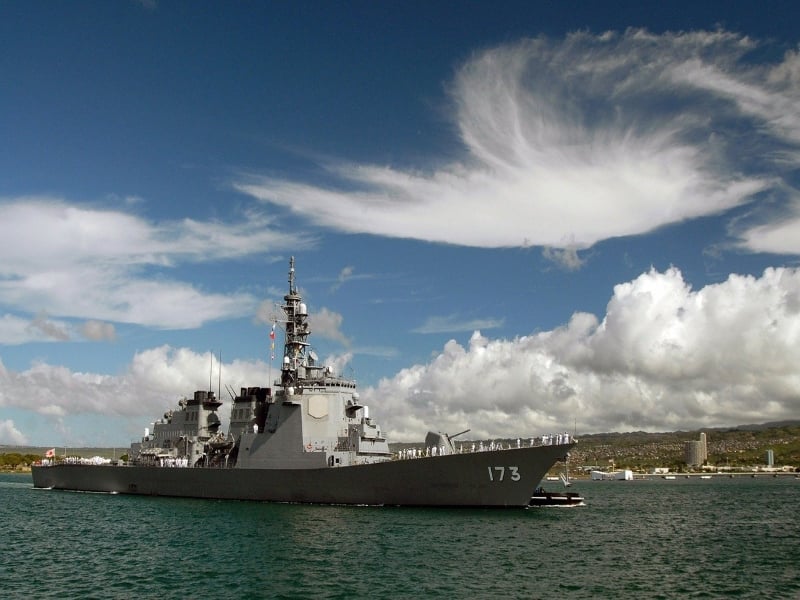
7. Japanese Invaded The Philippines During World War II
Japanese troops invaded the Philippines during the world war II. On the morning of December 8, 1941, ten hours after the attack on Pearl Harbor, Japan launched a surprise attack on the Clark Air Base in Pampanga. The aerial bombing was followed by ground troop landings on Luzon. General Douglas MacArthur was in charge of the defending Philippine and American forces. The defensive soldiers fled to the Bataan Peninsula and the Corregidor island near the opening of Manila Bay under the threat of superior numbers.
Manila, was declared as the capital city of the Philippines by General MacArthur on January 2, 1942, to avoid its destruction. The Philippine defense persisted until US-Philippine forces surrendered on the Bataan Peninsula in April 1942 and Corregidor in May of the same year. The majority of the 80,000 Japanese prisoners of war taken on Bataan were sent on the infamous Bataan Death March to a detention camp 105 kilometers north. Before reaching their destination, about 10,000 Filipinos and 1,200 Americans died. The President at that time, Manuel L. Quezon and Vice President Sergio Osmeña had escorted the troops to Corregidor and then fled to the United States, where they established an exile government. MacArthur was dispatched to Australia, where he began making preparations for a return to the Philippines.
In 1945, Allied forces beat the Japanese. The battle lasted until September 2, 1945, when Japan formally surrendered. When the war concluded, the Philippines had more American soldiers missing in action than any other country in the Pacific or European theaters. Over a million Filipinos are thought to have died by the end of the conflict. The Philippines experienced a considerable deal of death and destruction, particularly during the Battle of Manila. The Philippines joined the United Nations as a founding member on October 11, 1945. Manuel Roxas became the first elected president of the independent Republic of the Philippines after elections in April 1946. During the administration of Manuel Roxas, the Philippines was able to gain independence, and was officially acknowledged as an independent nation by the United States on July 4, 1946, through the Treaty of Manila.
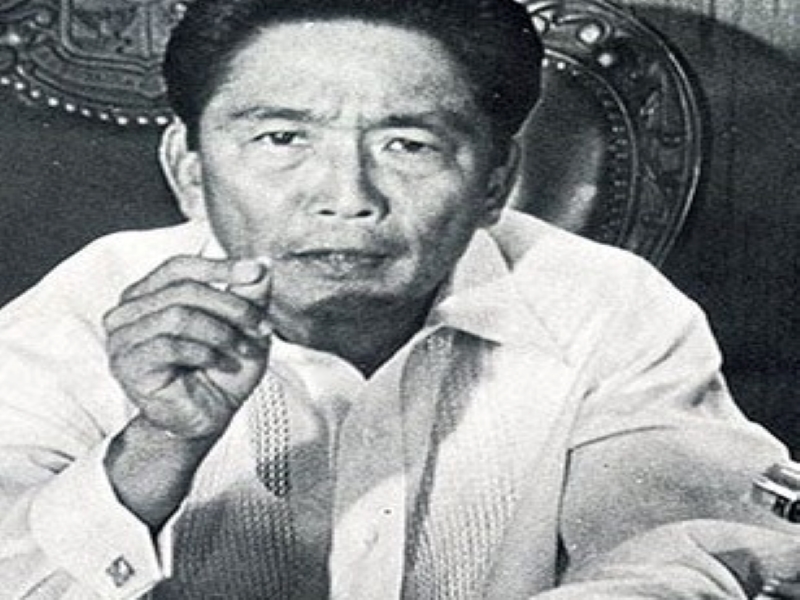
8. Martial Law Was Proclaimed In The Philippines Under The Marcos Administration
President Diosdado Macapagal served from 1961 to 1965. In 1965, he sought for re-election, but was defeated by Senate President Ferdinand Marcos, a former party colleague. Marcos began public works projects and increased revenue collection early in his term. The Jabidah massacre, in which Muslim Tausug Filipinos were massacred by the Philippine Army in an unsuccessful attempt to reclaim east Sabah, occurred under Marcos’ administration.
Ferdinand Marcos’ presidency covers from 1965 until 1986. Marcos was re-elected president in 1969, and has become the first Filipino president to get a second term, due to his appeal among Christians. Criminal activity and civic disobedience have surged. The Moro National Liberation Front and the Communist Party of the Philippines founded the New People’s Army to fight for an independent Muslim nation in Mindanao.
Marcos’ second term was characterized by economic instability brought on by both foreign and domestic forces, as well as a discontented student population demanding educational reforms, a rising crime rate, and a developing communist insurgency.
Marcos claimed that implementing martial law was the initial step in establishing a “New Society” that he would govern for more than two decades. Due to earlier commitments by several administrations, the economy was solid during the 1970s. However, the economy suffered as an outcome of the Philippines’ large debt and reduced prospects while the president’s wife, Imelda Marcos, enjoyed a luxurious lifestyle.
Benigno Aquino Jr., an opposition leader was assassinated at the Manila International Airport in 1983. This heightened public discontent with Marcos, setting in motion a chain of events that ended in a snap presidential election in February 1986, despite US pressure.
Corazon Aquino, Benigno Aquino’s widow, brought the opposition together. Marcos was proclaimed the elected president by the official election canvasser, the Commission on Elections (Comelec). ALthough, the Comelec results and those of Namfrel (an approved poll watcher), differed significantly. Local and foreign observers both rejected the allegedly forged result. General Fidel Ramos and Defense Minister Juan Ponce Enrile both abandoned Marcos. On February 25, 1986, a nonviolent civilian-military protest, now known as the Edsa People Power Revolution, pushed Marcos into exile and established Corazon Aquino as president.
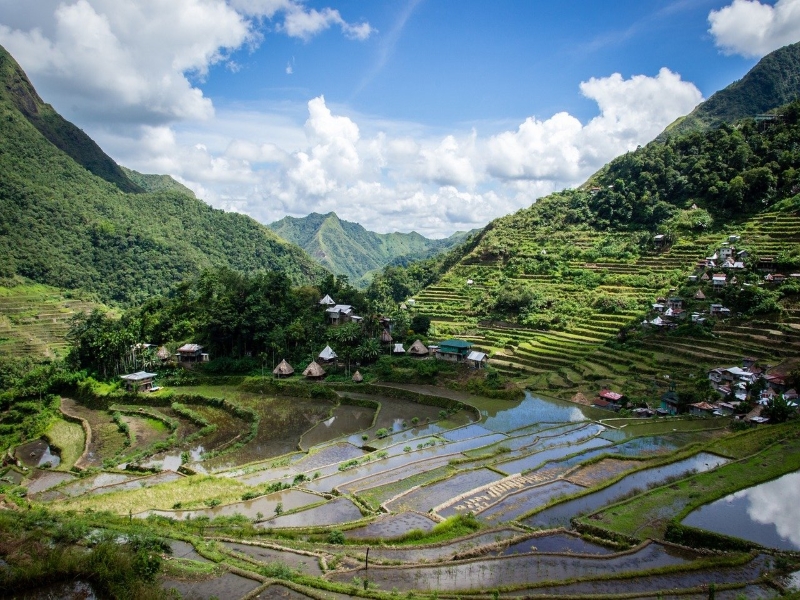
9. The Philippines Is An Archipelago Composed Of About 7,640 Islands
The Philippines is a Southeast Asian archipelago country. It is bordered on the west by the West Philippine Sea, on the east by the Philippine Sea, and on the southwest by the Celebes Sea, with Taiwan to the north, Japan to the northeast, Palau to the east and southeast, Indonesia to the south, Malaysia to the southwest, Vietnam to the west, and China to the northwest.It is located in the western Pacific Ocean and is made up of approximately 7,640 islands divided into three primary geographical divisions from north to south: Luzon, Visayas, and Mindanao. The official languages of the Philippines are Filipino, and English.
The Philippines’ islands are home to numerous ethnicities and civilizations. The national capital, Manila, is located within the Metro Manila, whereas the largest city is Quezon City, also located in Metro Manila.
The Mayon Volcano, Mount Pinatubo, and Taal Volcano are among the many active volcanoes in the Philippines. The eruption of Mount Pinatubo in June 1991 was the second greatest terrestrial eruption of the twentieth century.
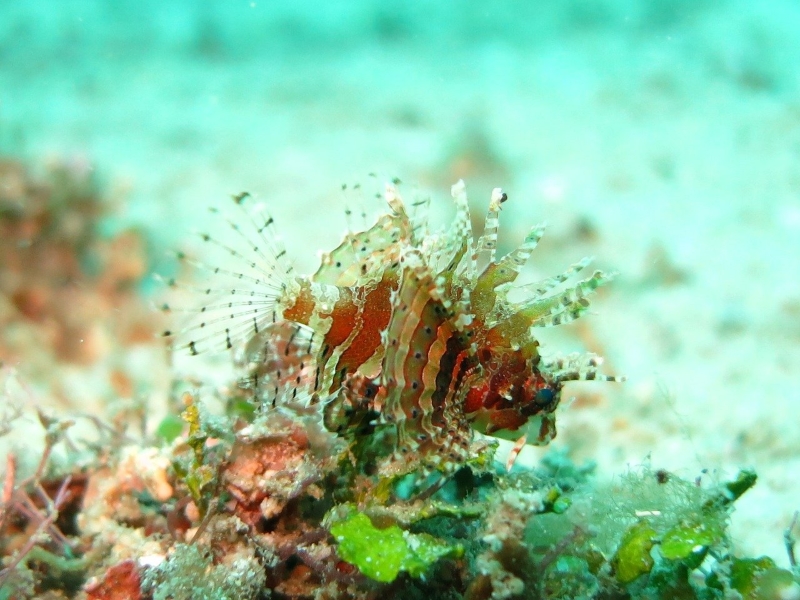
10. The Philippines Is Considered A Megadiverse Country
Dipterocarp, pine forest, beach forest, molave forest, lower montane forest, upper montane or mossy forest, mangroves, and ultrabasic forest are the eight main types of forests found in the Philippines. In the Philippines, deforestation is a serious problem, often caused by illicit logging. From 70% of the Philippines’ total land area in 1900 to roughly 18.3 percent in 1999, forest cover has decreased.
The Philippine eagle, the country’s national bird, has the longest body of any eagle, measuring 86 to 102 cm (2.82 to 3.35 ft) in length and weighing 4.7 to 8.0 kg (10.4 to 17.6 lb). With 243 endemic birds, the Philippines is the world’s third most endemic bird country (following Indonesia and Australia).
In 1993, the Tubbataha Reef in the Sulu Sea was designated as a World Heritage Site. Fish, oysters, crabs, and seaweeds are also raised in Philippine waters. Pinctada maxima, a species of oyster, creates pearls that are naturally golden in hue. Pearls are recognized as a “National Gem”.
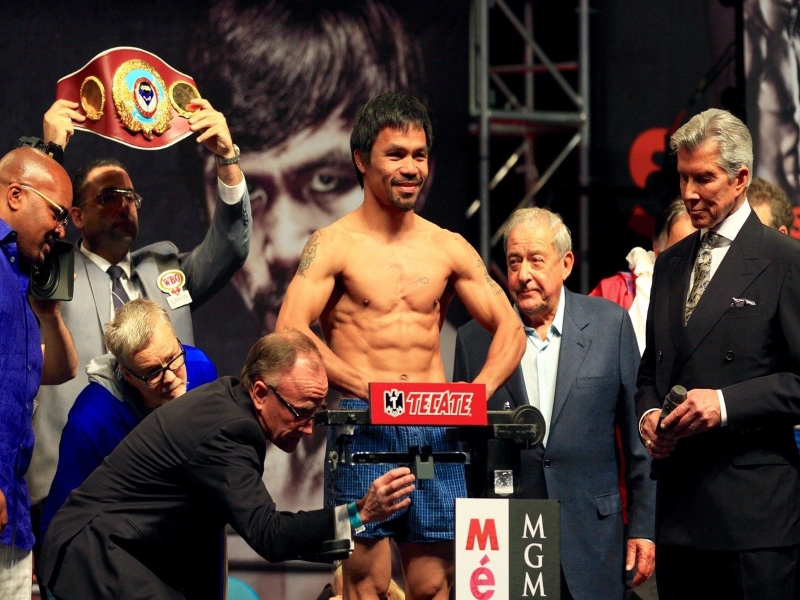
11. A Filipino Boxer Is The Only Boxer To Have Won World Titles In Four Decades
Manny “Pacman” Pacquiao, or Emmanuel Dapidran Pacquiao Sr, is considered one of the best professional boxers of all time. Pacquiao has won twelve major world titles, and is the only eight-division world champion in boxing history. He was the first boxer to win the lineal title in five different weight classes, the only boxer to win major world titles in four of the eight “glamour divisions”, such as flyweight, featherweight, lightweight, and welterweight, and the only boxer to hold world titles throughout four decades, which started in 1990s up until 2020s.

